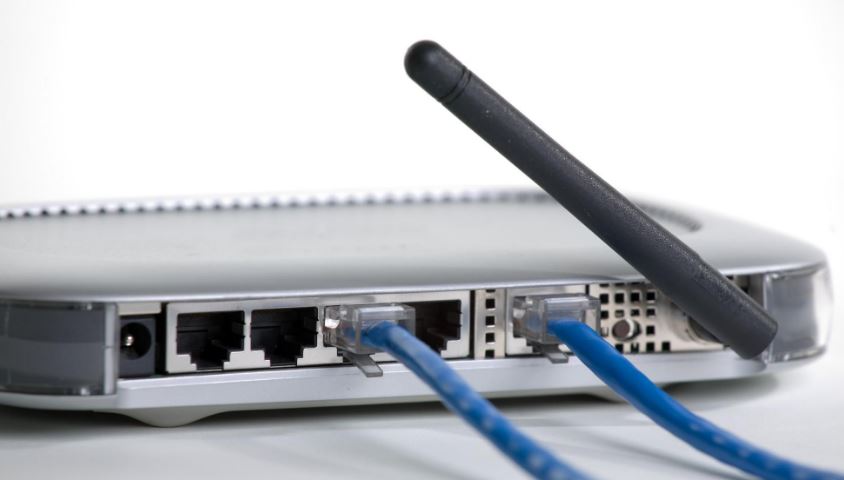Your child pushes themselves up, and slowly, step by step, starts walking across the kitchen. You rush to your phone, fire up the photo app and BAM: "Sorry, your're out of storage". Running out of space on your smartphone can be a disaster, follow the steps below to free up space and speed things up to get your phone running like new. Delete Old Text Messages - Each time someone sends a photo or video in a text or group chat, it's saved into memory. If you don't regularly delete texts, you could be wasting gigs of precious space. Delete texts older than a week and easily save 1-2 GB.
Move Photos & Videos to the Cloud - Multimedia is the number one storage killer on smartphones. Both iPhone & Android offer inexpensive monthly cloud storage packages. By moving photos and videos to the cloud, you can increase your phone's storage by over 50%! Once moved, you won't even know they reside in the cloud as they still show up in your photo reel.
Empty your App's & Browser's Cache - Apple: Settings > Safari > Clear History & Website Data. Android: Settings > Storage > Cached Data > Clear all data. Cached data takes up a surprising amount of space.
Reboot your Phone - Rebooting your phone will clear up memory and boot with very few apps running in the background. This will instantly increase your phone's speed.
Delete Podcasts - Last week, I was surprised to find out that each time I listened to a podcast, it downloaded rather than streamed. Deleting these audio files saved me over 1 GB.
See which Folders are Taking up the Most Space & Delete - iPhone: Settings > General > Storage > Manage Storage - click on each app and clear. Android: Settings > Storage - see what's taking up space and clear.
Delete Old & Unused Apps - Some apps and games consume a surprising amount of storage. If you don't use them, delete them. You can always download them again (even if it cost money) if you change your mind.
Move files to a microSD card - If you're lucky enough to have a smartphone with expandable storage (sorry Apple users), head to Amazon and buy some! Be sure to check how much capacity your phone can accept - you don't want to pay out for a 128GB card only to find it supports only 32GB.

 d backdoor accounts, expose legacy services and have firmware that is riddled with basic flaws. Below are some helpful tips that will make your home or business network much more secure.
Avoid using routers supplied by ISPs. These routers are typically less secure than those sold by manufacturers to consumers. They often have hard-coded remote support credentials that users can't change and patches for their customized firmware versions lag behind patches for the same flaws released by router manufacturers.
d backdoor accounts, expose legacy services and have firmware that is riddled with basic flaws. Below are some helpful tips that will make your home or business network much more secure.
Avoid using routers supplied by ISPs. These routers are typically less secure than those sold by manufacturers to consumers. They often have hard-coded remote support credentials that users can't change and patches for their customized firmware versions lag behind patches for the same flaws released by router manufacturers. rivate security cameras!
If you're able to check your cameras from outside your home or business, the system is vulnerable. It’s alarmingly easy for an IP camera to be hacked so make sure to take the below precautions as your Businesses' or family's privacy could be at risk.
rivate security cameras!
If you're able to check your cameras from outside your home or business, the system is vulnerable. It’s alarmingly easy for an IP camera to be hacked so make sure to take the below precautions as your Businesses' or family's privacy could be at risk. future upgrades & reduces install time. All our cabling is installed by a licensed electrician.
By nature a structured cabling system is more neat and organized than the traditional point-to-point cabling systems. A structured cabling system does take planning, but after you have it set, you can rest easy. The advantages include –
future upgrades & reduces install time. All our cabling is installed by a licensed electrician.
By nature a structured cabling system is more neat and organized than the traditional point-to-point cabling systems. A structured cabling system does take planning, but after you have it set, you can rest easy. The advantages include –